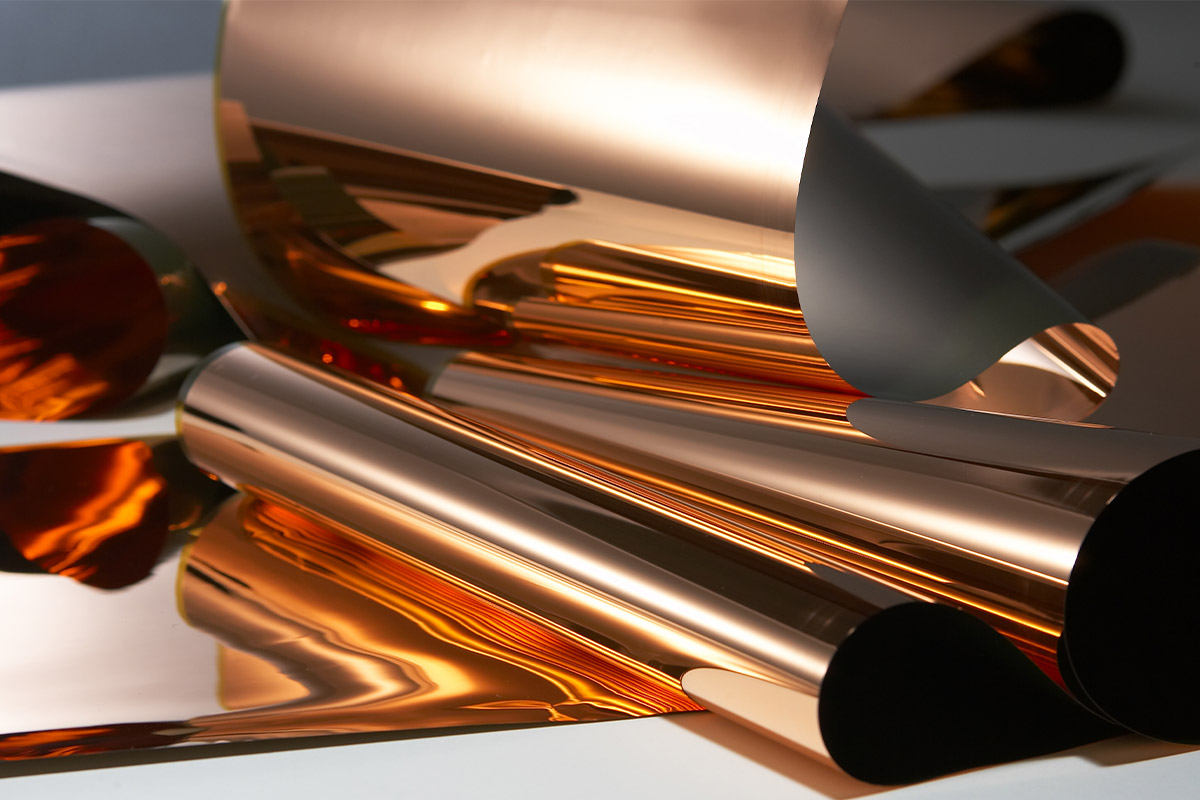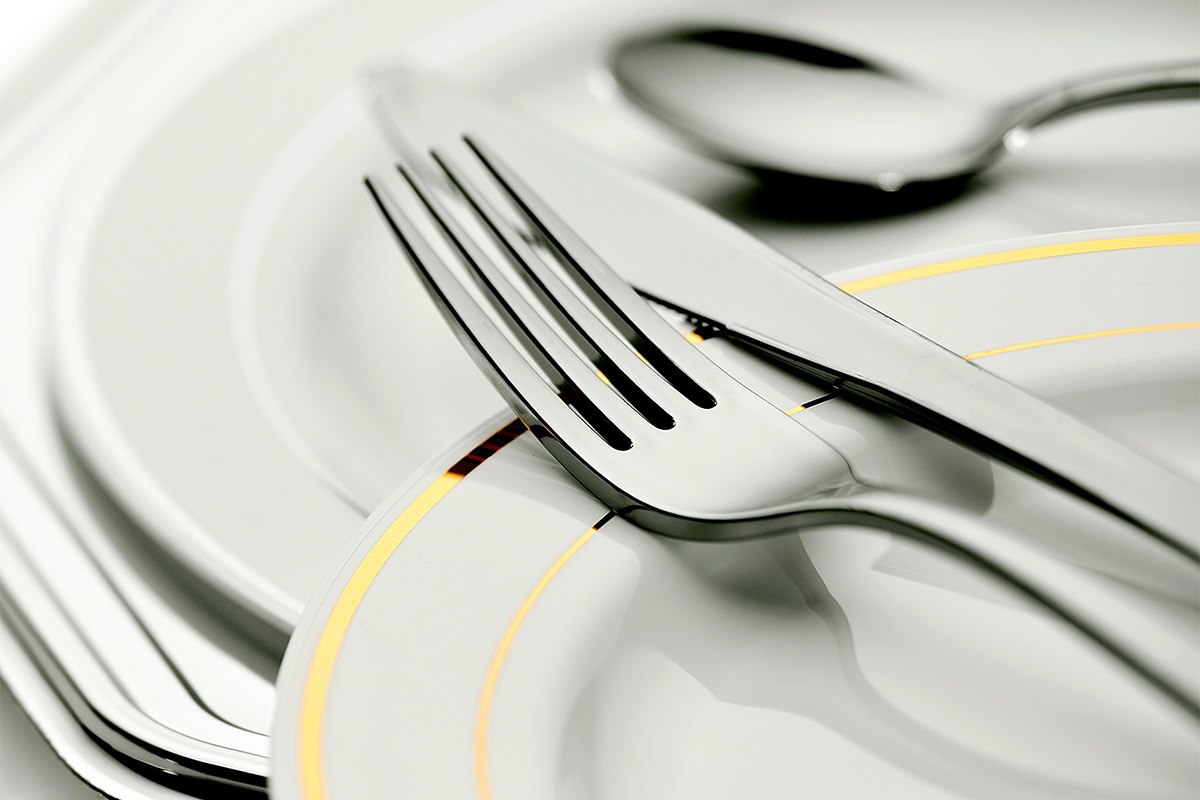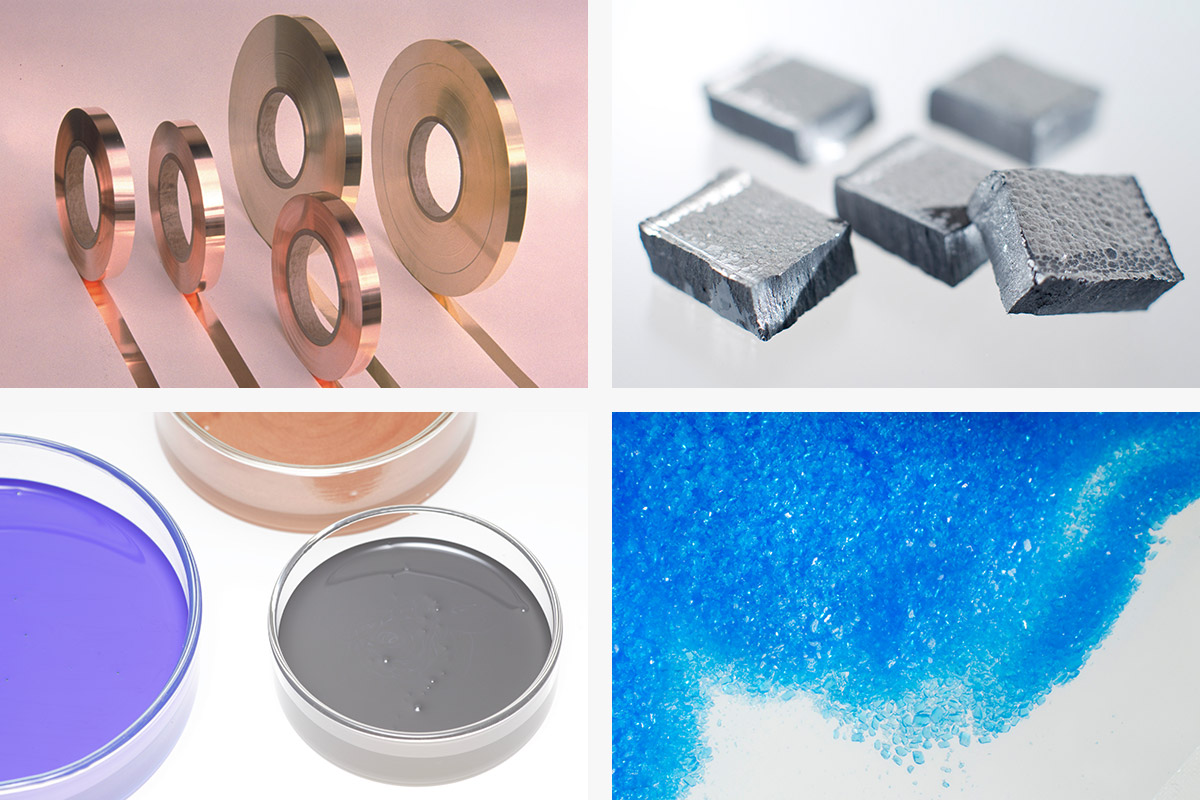Learn about non-ferrous metals
Understand the “Non-Ferrous Metals”
Copper, nickel, gold, and other non-ferrous metals are used in a range of industries that support modern society.
Let us introduce issues related to the "non-ferrous metals” we produce in a Q&A format.

Non-ferrous metals
Metals that are referred to as base metals are those that have both a large reserve volume and production volume, and are relatively easy to smelt and refine. Such metals include iron, aluminum, and copper. There
is a large demand for base metals, and they are absolutely essential when it comes to the construction of the infrastructure that forms the basis of society.
Minor metals are defined by Japan’s Ministry of Economy, Trade and Industry as “Those metals, among the metals that exist in very small volumes around the world or are difficult to extract for technological or economic reasons,
for which there is currently a commercial demand (or there is expected to be a commercial demand in future) and thus the securing of a stable supply is an important aspect of policy.” Such metals include titanium, cobalt, and
nickel. As essential materials for products that use advanced technology, minor metals are considered to be very important. In addition to these, other metals such as gold and silver are treated as precious metal.


Copper
The most familiar item will find copper in is a 10 yen coin in Japan, but lots of copper is used in electric cables. Copper’s high electrical conductivity means that it is used in things that are essential for everyday life, such as electricity transmission cables, electrical systems in cars, and electrical wiring in households. As well as these things, wrought copper is also used in air conditioners and pipes for water heaters given its heat conductivity.


Nickel
Nickel is one of the metals that is widely used in everyday life. As well as being used for plating, nickel is often found in a range of different alloys, and the 50 yen and 100 yen coins that are made from an
alloy of nickel and copper represent the most familiar item in which nickel can be found in Japan.
Another typical alloy in which nickel is used is stainless steel, the raw material for which is the nickel and iron alloy ferronickel. With its superb corrosion resistance, heat resistance, and abrasion resistance, stainless
steel is used in the kitchen and for utensils and other such things.
Nickel is also employed as a material in the nickel metal hydride batteries and lithium ion batteries used in things including hybrid vehicles and electric vehicles, on top of which it is also used as the raw material for
capacitors, which are an absolutely essential component found in cell-phones and computers. As this shows, nickel is used in a wide range of fields in everyday life.


Gold
It is said that since the beginning of history, the volume of gold extracted from the ground by humans would fill approximately four Olympic swimming pools, that is, approximately 200,000 tonnes. Nowadays, over 3,000 tonnes of gold are newly produced each year. In addition, as gold is relatively easy to recycle, a large amount of gold is recovered and undergoes repeated refining. [As of the end of December 2019]


